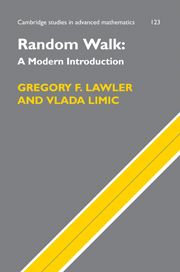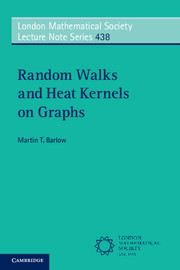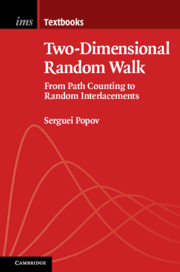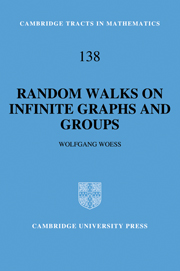Random Walk: A Modern Introduction
Random walks are stochastic processes formed by successive summation of independent, identically distributed random variables and are one of the most studied topics in probability theory. This contemporary introduction evolved from courses taught at Cornell University and the University of Chicago by the first author, who is one of the most highly regarded researchers in the field of stochastic processes. This text meets the need for a modern reference to the detailed properties of an important class of random walks on the integer lattice. It is suitable for probabilists, mathematicians working in related fields, and for researchers in other disciplines who use random walks in modeling.
- Suitable for researchers from a variety of fields who use random walks in modeling
- Extensive bibliography assists further reading
- Contains over 80 exercises
Reviews & endorsements
'… this excellent introduction for researchers precisely presents many classical results in an excellently written and easy-to-follow manner.' Alexander Tzanov, Computing Reviews
'This book is a beautiful introduction to the theory of random walks for researchers as well as graduate students.' Zentralblatt MATH
Product details
No date availableHardback
9780521519182
376 pages
235 × 156 × 23 mm
0.65kg
7 b/w illus. 85 exercises
Table of Contents
- Preface
- 1. Introduction
- 2. Local central limit theorem
- 3. Approximation by Brownian motion
- 4. Green's function
- 5. One-dimensional walks
- 6. Potential theory
- 7. Dyadic coupling
- 8. Additional topics on simple random walk
- 9. Loop measures
- 10. Intersection probabilities for random walks
- 11. Loop-erased random walk
- Appendix
- Bibliography
- Index of symbols
- Index.








